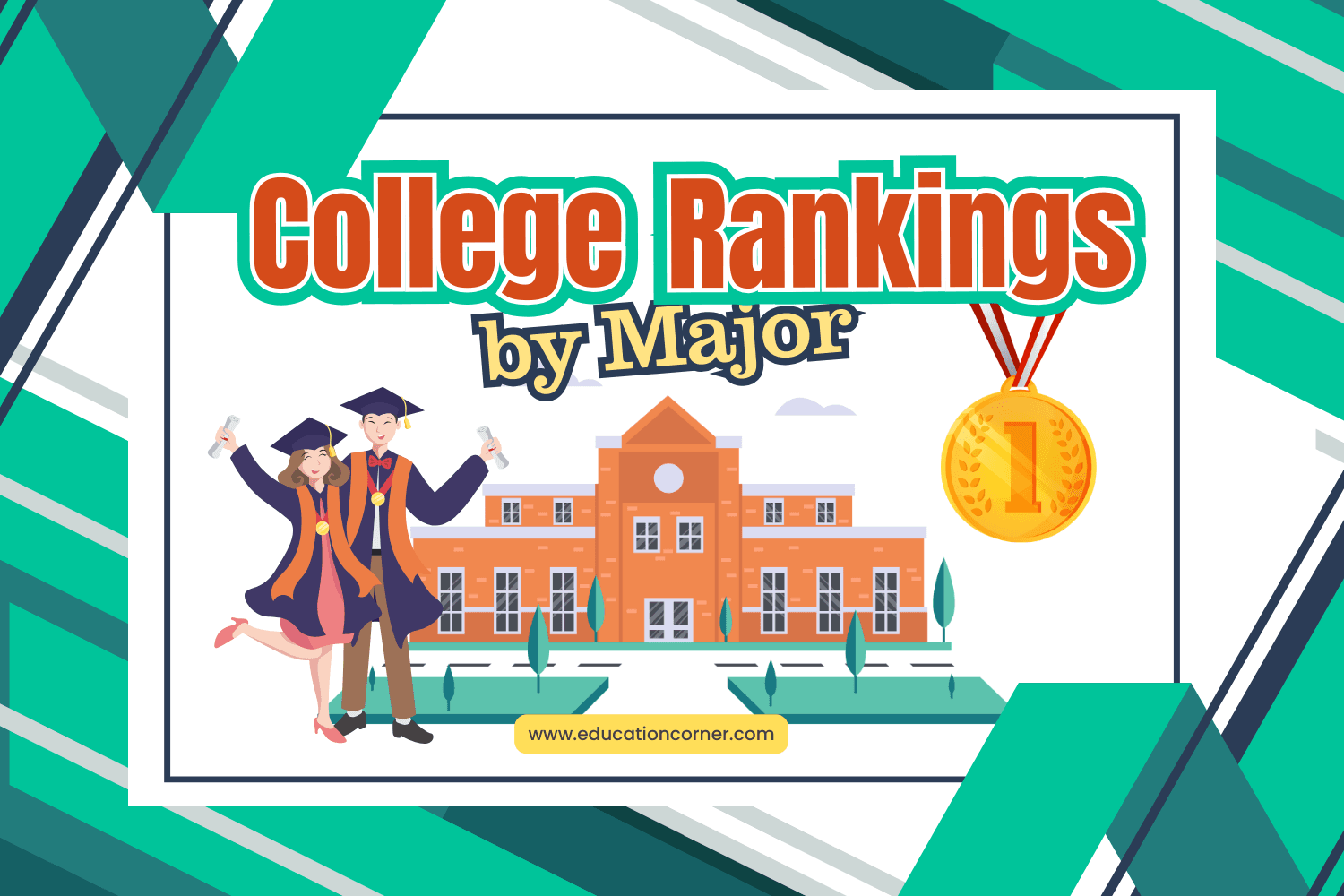
Explore the best colleges and universities in the United States by major and area of study. College rankings are based on a composite of various indices and value metrics including student satisfaction, post-graduate success, graduation rate, admissions selectivity and overall value.
Our Methodology
See also:
Top 100 Colleges and Universities – Top 100 Most Affordable Universities – Top 100 Most Affordable Community Colleges – Top 100 Highest Acceptance – Top 100 Lowest Acceptance
2025 Design College and University Rankings
| Rank | School Name | Accept. Rate1 | Grad. Rate2 | Emp. Rate 2 years3 | Mid-Career Salary4 | Net Price (4-year)5 |
|---|---|---|---|---|---|---|
 | Rhode Island School of Design Providence, RI | 33% | 87% | 88% | $47,300 | $140 232 |
 | Carnegie Mellon University Pittsburgh, PA | 25% | 88% | 91% | $72,000 | $134 680 |
 | Washington University in St. Louis Saint Louis, MO | 17% | 95% | 93% | $62,300 | $133 496 |
| view all rankings ›› | ||||||
2025 Business School Rankings
| Rank | School Name | Accept. Rate1 | Grad. Rate2 | Emp. Rate 2 years3 | Mid-Career Salary4 | Net Price (4-year)5 |
|---|---|---|---|---|---|---|
 | Stanford University Stanford, CA | 7% | 95% | 92% | $175,000 | $119,100 |
 | Harvard University Cambridge, MA | 12% | 98% | 98% | $190,000 | $127,200 |
 | University of Pennsylvania (Wharton) Philadelphia, PA | 9% | 95% | 98% | $182,000 | $168,000 |
| view all rankings ›› | ||||||
2025 Nursing School Rankings
| Rank | School Name | Tuition (In-state) | Board Exam Pass Rate | Acceptance Rate | Student Body |
|---|---|---|---|---|---|
 | University of Missouri–Columbia Columbia, MO | $9,433 | Top 10% | 81.5% | 34,700 |
 | University of Iowa Iowa City, IA | $8,079 | Top 10% | 78% | 30,100 |
 | Southeast Missouri State University Cape Girardeau, MO | $7,058 | Top 5% | 97.2% | 34,000 |
| view all rankings ›› | |||||
2025 Psychology School Rankings
| Composite Rank | School Name | QS World | US News | Gourman Report | Avg Score* |
|---|---|---|---|---|---|
 | Stanford University Stanford, CA | 2 | 1 | 1 | 1.33 |
 | Harvard University Cambridge, MA | 1 | 4 | 6 | 3.67 |
 | Yale University New Haven, CT | 4 | 6 | 2 | 4 |
| view all rankings ›› | |||||
(1) Represents the fall admission rate for full-time undergraduate students.
(2) Graduation rate for full-time students who began their studies as first-time degree or certificate seeking students.
(3) Percentage of students employed two years after graduation.
(4) Median earnings of students six years after graduation.
(5) Average net price generated by subtracting grant or scholarship aid from total cost of attendance.
See also:

